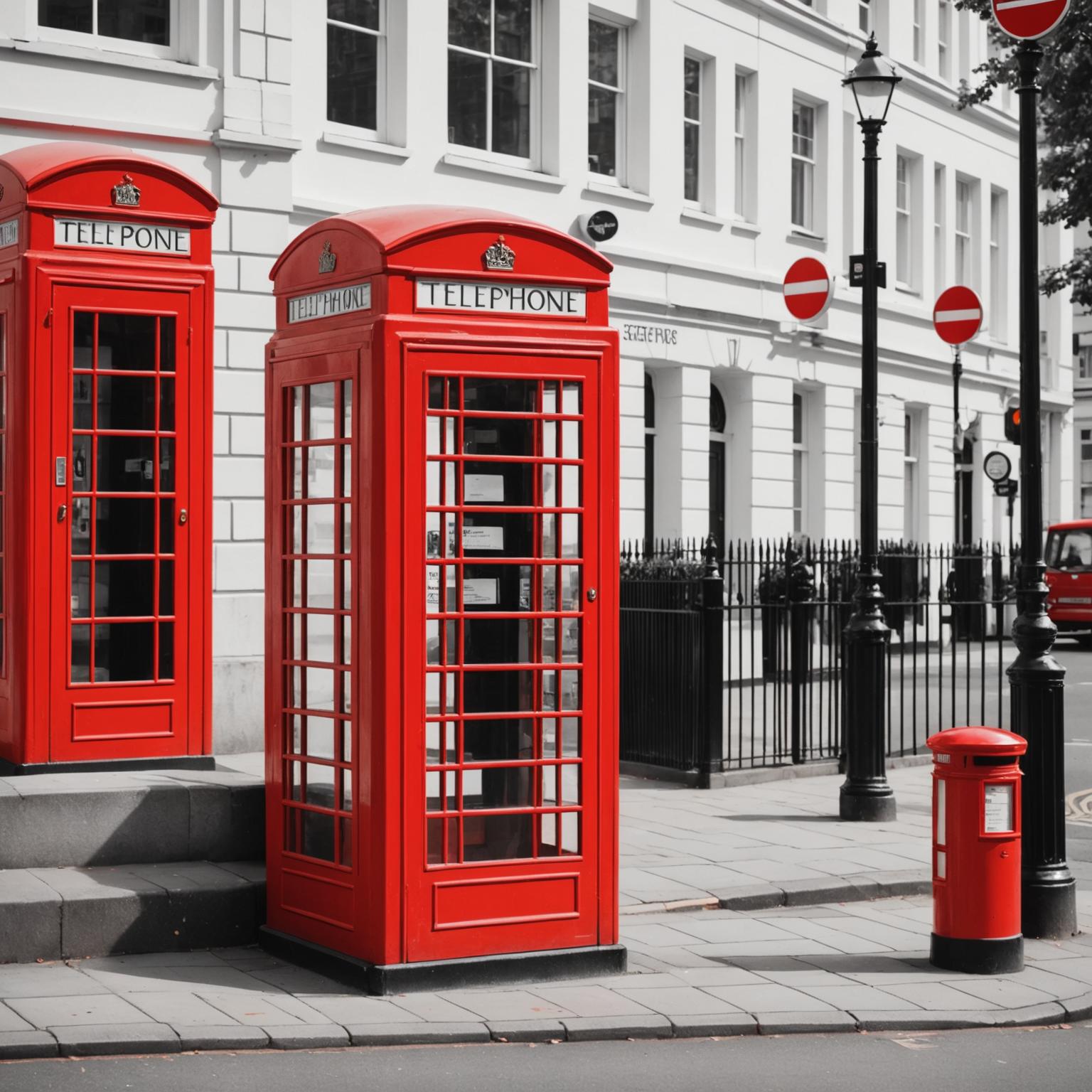The Enduring Appeal of Telephone Booths

When one thinks of iconic symbols, few designs match the timeless elegance of telephone booths. Though their original purpose has largely faded with technological advancements, these artifacts of history continue to charm people with their mix of vintage allure and functionality. From public spaces to personal decor, they remain a versatile element steeped in nostalgia.
The enduring popularity of telephone booths lies in their ability to evoke a sense of history, while simultaneously finding relevance in modern design. Modern telephone booths take this legacy further, blending retro aesthetics with practical features. For instance, they are now being reimagined as soundproof spaces for private calls or compact workstations, bringing a touch of history into contemporary innovation.
Reimagining Vintage Designs with Modern Twists
Telephone booths have transcended their original use, turning into art pieces, Instagram-worthy photo zones, and even functional decor. The **Retro Red Street Ensemble** introduces the quintessential red telephone booth as a show-stopping centerpiece. With its bold, glossy finish and detailed crown insignia, it presents a perfect synthesis of history and style. Meanwhile, its partially functional interior, featuring a vintage rotary phone, enhances its authenticity and practical charm.
Alongside the telephone booth, curated collections like the Retro Red ensemble often pair complementary elements, such as vintage-style street furniture and striking postboxes. Items like a minimalistic red bench or a cylindrical post box invite a broader exploration of how vintage British aesthetics can coexist with modern spaces. This blending is not just limited to decor—it extends to creative uses in cafes, retail environments, and personal homes. Whether as a focal point or a functional piece, these telephone booths and their accompanying items establish a unique character in any setting.
Studio Applications: From Photography to Soundproofing
Besides their aesthetic appeal, telephone booths are making a big impact in practical uses, particularly in studio setups. The appeal of “telephone booth photography” is on the rise, with these booths often used as stunning backdrops for photoshoots. Their defined structure, vibrant colors (like classic red, pristine white, or striking blue), and nostalgic vibe provide photographers a versatile canvas for creative compositions.
Furthermore, modern adaptations are benefiting work environments, especially with advances in soundproofing technology. Incorporating booths into studio soundproofing offers convenience and functionality. These booths can serve as mini studios for recording voiceovers or making undisturbed calls. Companies like **广州品店科技**, which leverage tools like Pintreel for market insights, can easily integrate these booths into workspaces, bringing both aesthetic charm and productivity enhancements.
Transforming Spaces with a Timeless Icon
Telephone booths are no longer just remnants of the past; they are evolving into indispensable design pieces for the modern era. As products like the **White Vintage Street Furniture Ensemble** demonstrate, rethinking classic designs can uplift indoor and outdoor spaces alike. The pristine white telephone booth and its functional design—doubling as a storage cabinet or display case—reflect an elegant reinvention fit for contemporary applications.
Whether in a charming red, sophisticated white, or bold royal blue, telephone booths continue to captivate audiences. Their timeless appeal is not just decorative; it’s also about storytelling—each booth a slice of history imbued with cultural resonance. Be it for retail spaces, themed cafes, urban parks, or even private homes, their versatility and charisma make them an enduring favorite across generations.
So, the next time you see a telephone booth, take a moment to admire this graceful relic of the past and its modern-day counterparts. These structures are not simply functional or beautiful—they are timeless icons, perfectly designed to bridge the gap between history and innovation.

